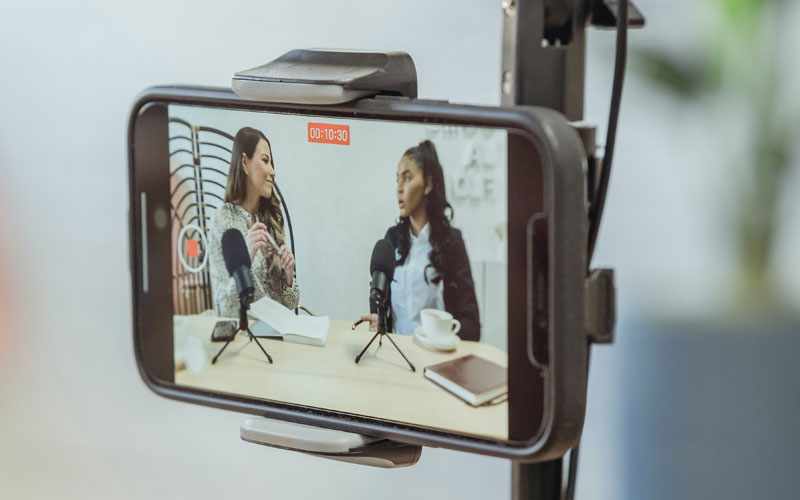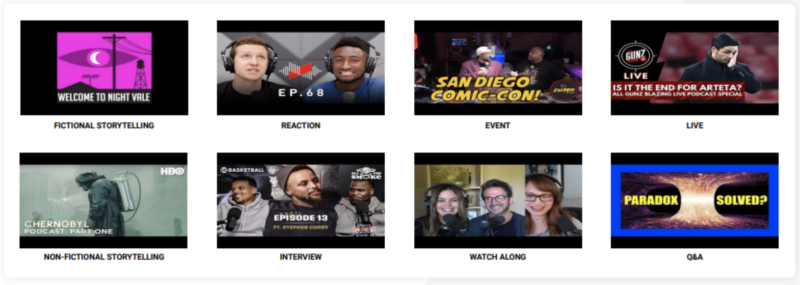When you look at the podcasting charts, all the shows have one thing in common: they’re consistent with their release schedule. Listeners like predictability and knowing when they can expect their favourite show to drop so they can integrate it into their lives.
Your release schedule is one thing; production is another. Consistently producing high-quality episodes showcases the commitment and a level of professionalism which can give you the edge over others in your niche.
When you combine the two, you’re on track for podcasting success. But, of course, doing that takes a lot of hard work. So, we’re on hand with five top tips on being consistent with your podcast.
How to ensure your podcast is consistent
Follow your purpose
Before starting your podcast, you should clearly define your purpose; it will set you apart from everyone else. Being a creator can be exhausting, but it becomes a lot easier when you genuinely love what you’re doing. So, make sure you’re starting your podcast for the right reasons. If it feels like a chore, consistency will feel like an uphill battle!
Read more on podcasting with purpose here.
Commit to a manageable release schedule
You must be honest with yourself and your audience about your capacity. Then, rather than overpromising and underdelivering, devise a manageable release schedule. When developing your schedule, consider things like episode length and the rollout required once it’s live.
A huge amount of work goes into releasing a single episode, so don’t overwhelm yourself with unrealistic expectations.
Automate the production process as much as possible
Recording an episode is one thing; producing it is a different ball game. While finding a process that works for you can take time, working smarter, not harder, will allow you to remain consistent. Check out our five podcast production hacks, from preparation to automation tools, here.
Batch record
Consider batch recording if you struggle to find the time to set up and record episodes. While many podcasting elements are out of your control, your recording frequency can be flexible. So, recording several episodes simultaneously ensures you have reserves, and you can always work ahead rather than episode to episode.
Lean on your community
Creating a great podcast isn’t easy. If you’re a team of one trying to do everything, you may be on a fast track to burnout. So, start networking and lean on communities like Content is Queen. Not only will communities like ours offer support, but you’ll also get to access new opportunities and take inspiration from your peers.
You’ve got this!





